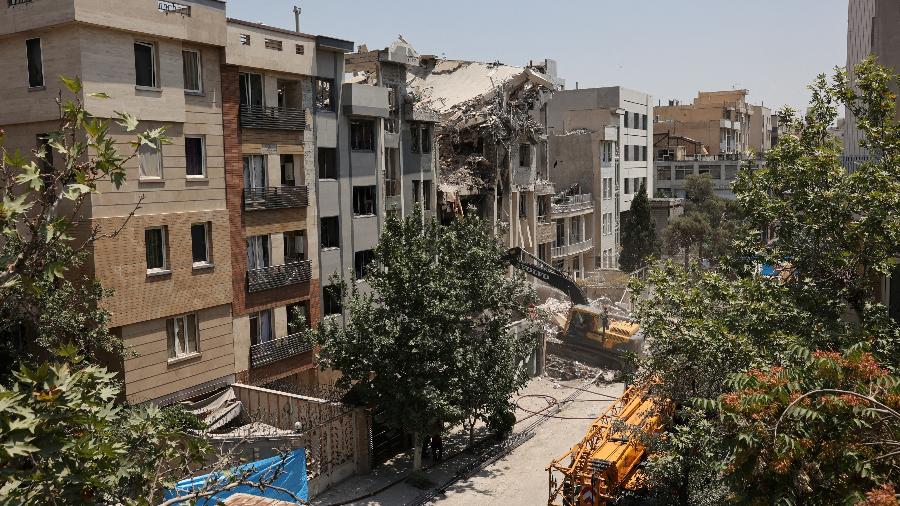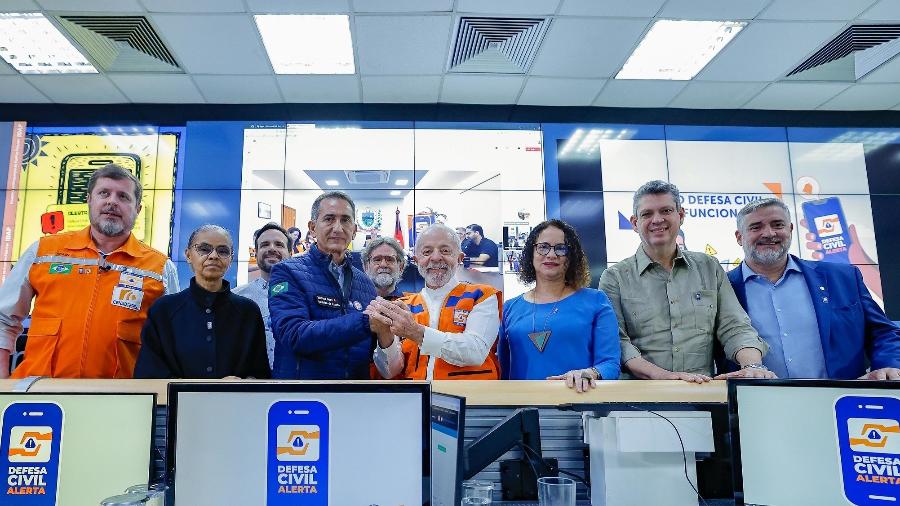"Nova moeda de troca é a mentira", diz advogado de Palocci
O advogado do ex-ministro Antonio Palocci, José Roberto Batochio, disse nesta terça-feira (15), que "a nova moeda de troca no Brasil é a mentira". Batochio afirmou que o seu cliente nunca participou de nenhuma tentativa de extorsão.
Em delação premiada, o senador Delcídio Amaral (PT-MS) afirmou que o ex-presidente Luiz Inácio Lula da Silva e o ex-ministro Antonio Palocci atuaram na compra do silêncio do operador do mensalão, Marcos Valério Fernandes de Souza.
O senador sustentou que foi prometido o pagamento de uma quantia de R$ 220 milhões. Valério foi condenado no julgamento do mensalão no STF, em 2012, e considerado o operador do esquema. Segundo Delcídio, a promessa foi feita a Valério por Paulo Okamoto, atual presidente do Instituto Lula.
"Delcídio diz que o silêncio de Marcos Valério seria comprado por R$ 220 milhões. Como seria possível alguém pagar R$ 220 milhões em dinheiro sem deixar rastro? Para transportar essa quantia, ele precisaria de uns 20 caminhões. Não faz sentido. Nem mentir direito esse pessoal consegue", diz o advogado.
Em 14 de fevereiro de 2006, segundo o ex-líder do governo no Senado, ocorreu uma reunião em Brasília para tratar do pagamento do valor. Delcídio contou ainda que recebeu nos dias seguintes ligações do então ministro da Justiça, Márcio Thomaz Bastos, e do então ministro da Fazenda, Antonio Palocci. Ambos falaram sobre a reunião que o senador havia tido com Lula.
Segundo a delação de Delcídio, Palocci afirmou, na ligação, que "o Lula estava injuriado com ele em razão do teor da conversa". Além disso, Palocci disse que "estaria, a partir daquele momento, assumindo a responsabilidade pelo pagamento da dívida".






ID: {{comments.info.id}}
URL: {{comments.info.url}}
Ocorreu um erro ao carregar os comentários.
Por favor, tente novamente mais tarde.
{{comments.total}} Comentário
{{comments.total}} Comentários
Seja o primeiro a comentar
Essa discussão está encerrada
Não é possivel enviar novos comentários.
Essa área é exclusiva para você, , ler e comentar.
Só s do UOL podem comentar
Ainda não é ? Assine já.
Se você já é do UOL, faça seu .
O autor da mensagem, e não o UOL, é o responsável pelo comentário. Reserve um tempo para ler as Regras de Uso para comentários.